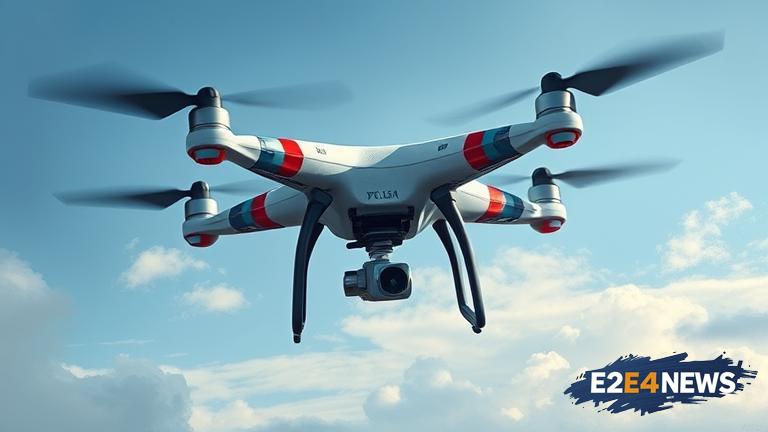The integration of drones into police departments is transforming the way emergency responders react to 911 calls. By leveraging drone technology, law enforcement agencies can quickly assess situations, gather critical information, and respond more effectively. This innovative approach has the potential to save lives, reduce crime, and enhance community safety. In recent years, numerous police departments have begun to utilize drones, equipped with high-definition cameras and sensors, to respond to emergency calls. These drones can rapidly deploy to scenes, providing real-time video footage and vital data to first responders. This enables police officers to make more informed decisions, prioritize resources, and allocate personnel more efficiently. The use of drones in emergency response has been particularly effective in search and rescue operations, where they can quickly locate missing persons, survey disaster zones, and identify potential hazards. Furthermore, drones have proven invaluable in monitoring large-scale events, such as concerts and festivals, where they can help maintain crowd control and detect potential security threats. The deployment of drones has also enhanced police training exercises, allowing officers to practice and refine their response techniques in a more realistic and immersive environment. As the technology continues to evolve, police departments are exploring new applications for drones, including forensic analysis, traffic management, and environmental monitoring. While there are concerns regarding privacy and regulatory frameworks, the benefits of drone technology in emergency response are undeniable. By embracing this innovation, law enforcement agencies can improve response times, reduce costs, and ultimately create safer communities. The future of emergency response is undoubtedly tied to the development and integration of drone technology, and as such, it is essential for police departments to invest in this cutting-edge technology. With the potential to revolutionize the way emergency responders operate, drones are poised to become an indispensable tool in the fight against crime and the pursuit of public safety. As the use of drones becomes more widespread, it is crucial for law enforcement agencies to establish clear guidelines and protocols for their deployment, ensuring that the technology is used responsibly and in accordance with existing laws and regulations. The effective integration of drones into emergency response will require ongoing collaboration between police departments, technology providers, and regulatory bodies. By working together, these stakeholders can harness the full potential of drone technology, creating a safer, more efficient, and more responsive emergency response system. In conclusion, the adoption of drones by police departments is a significant step forward in the evolution of emergency response, offering a powerful tool for saving lives, reducing crime, and enhancing community safety. As this technology continues to advance, it is likely that we will see even more innovative applications of drones in the pursuit of public safety. With their ability to quickly respond to emergency situations, gather critical information, and provide real-time video footage, drones are set to play an increasingly important role in the future of law enforcement. The impact of drones on emergency response will be felt for years to come, and as such, it is essential for police departments to remain at the forefront of this technological revolution. By doing so, they can ensure that their communities receive the best possible protection and service, and that the benefits of drone technology are fully realized.
